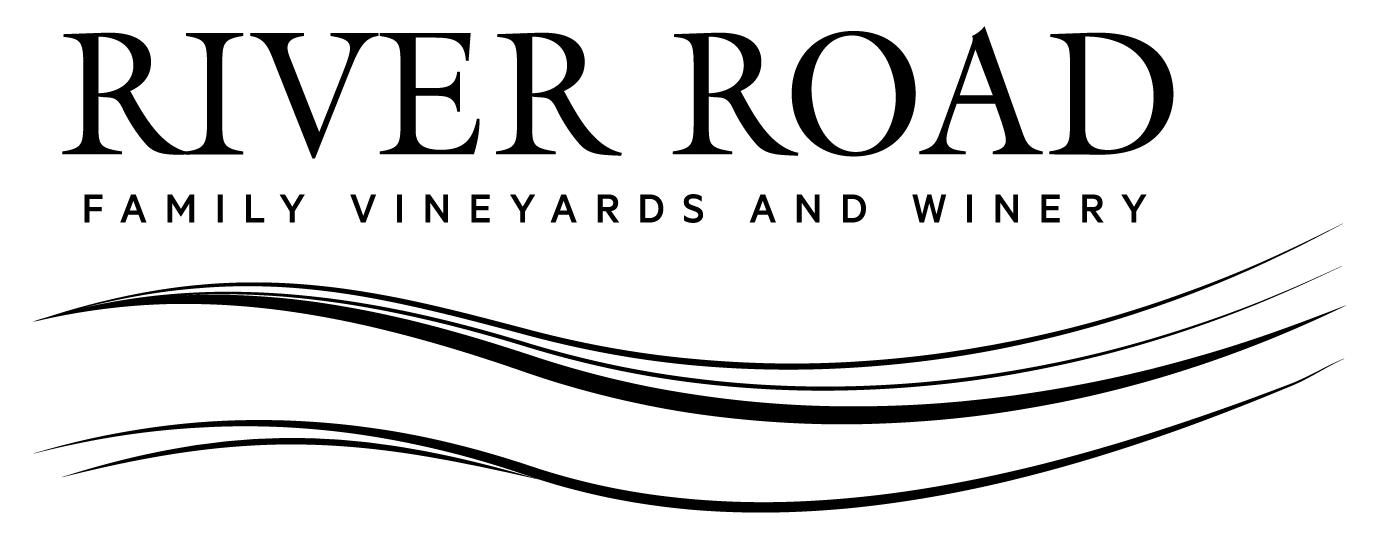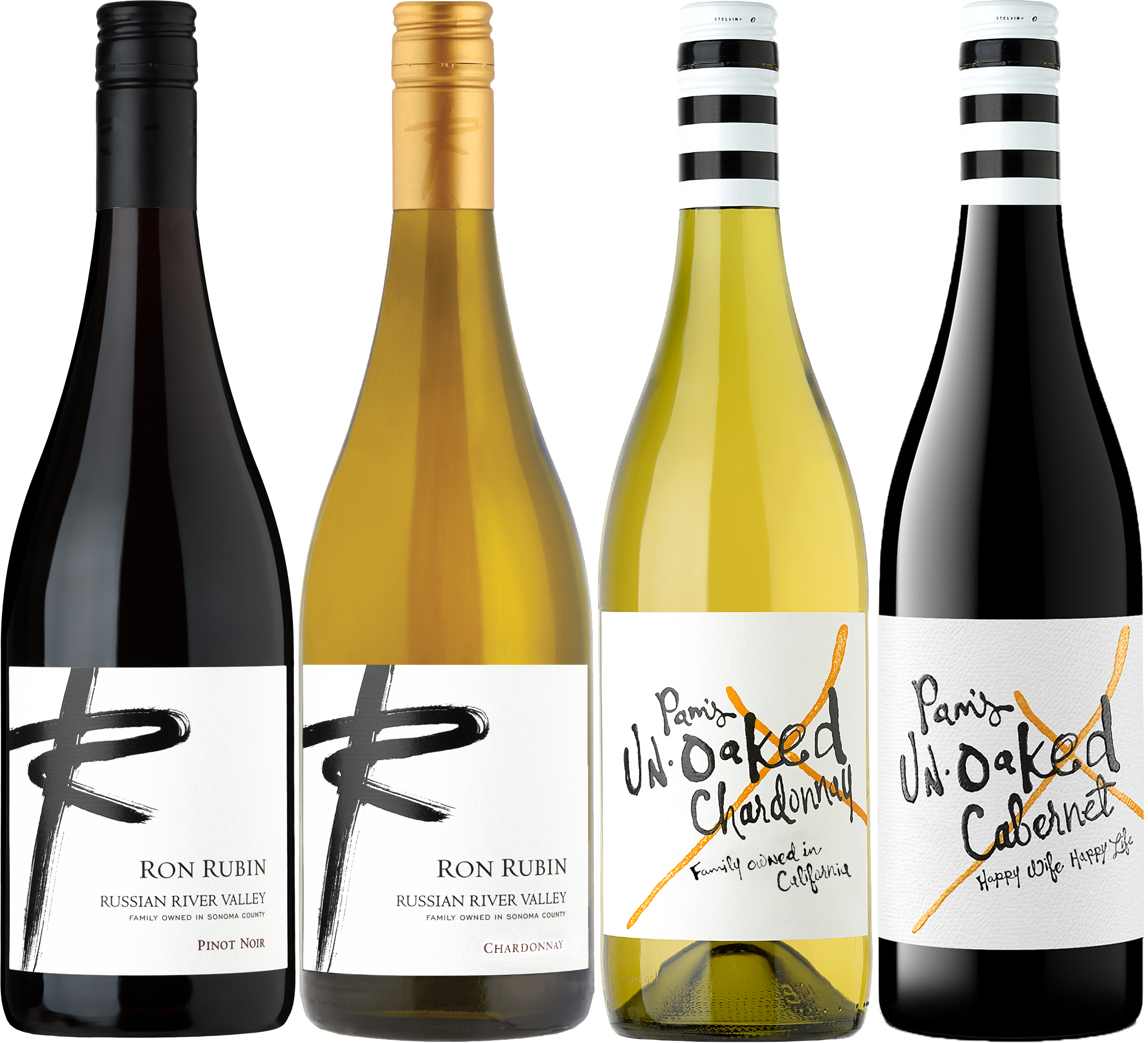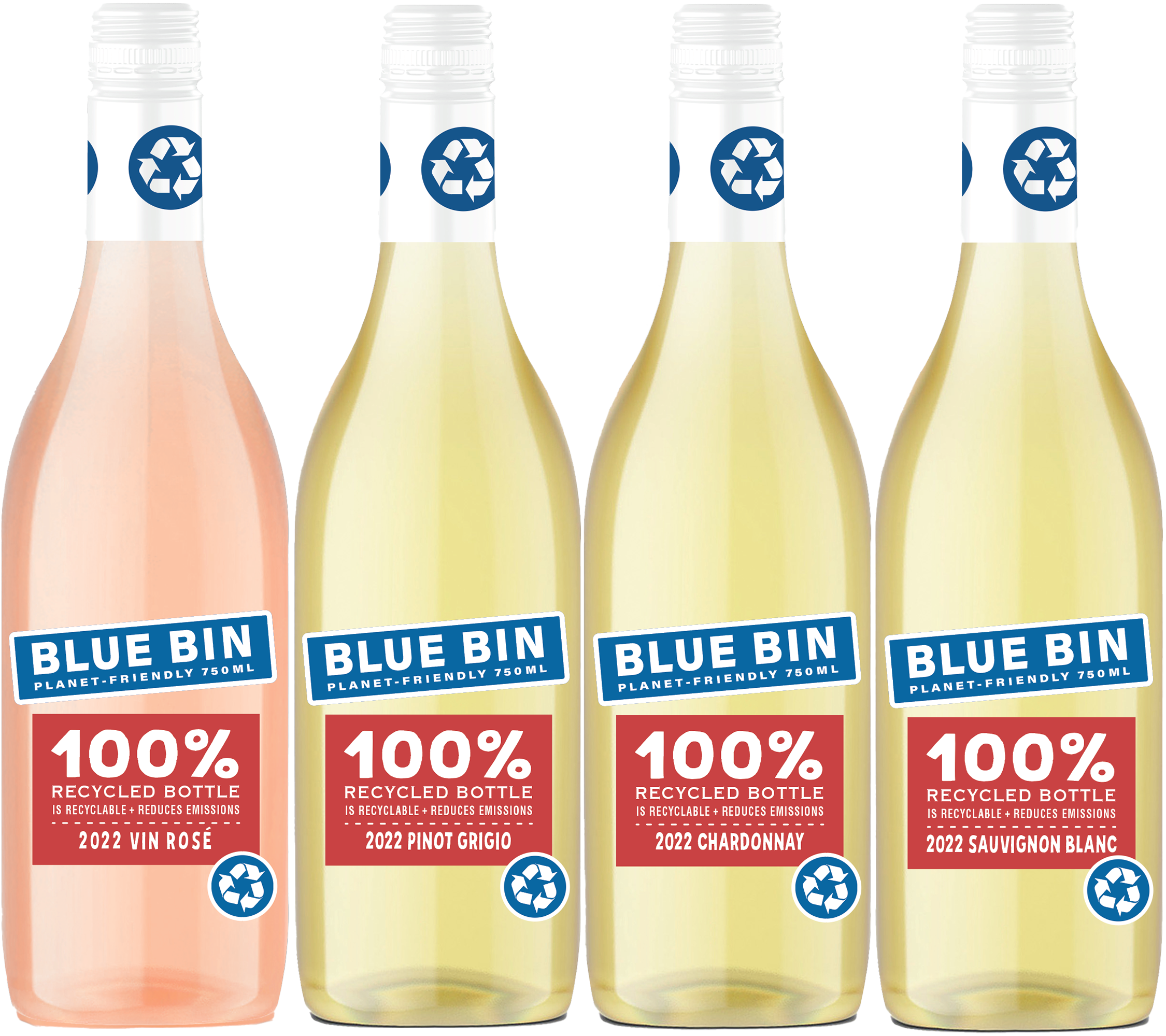Thankful
I hope everyone had a wonderful Thanksgiving! I am thankful for all the wonderful time spent with family and friends. The uneventful harvest season this year was a much needed one for Sonoma County. It was smooth and steady; we had no major fires like we have dealt with in the past three years, and we have received a good amount of rain to help put an end to the fire season. These favorable conditions have helped lessen the severe drought conditions we are seeing in California. These are all things that we as a winemaking community are grateful for. As the 2021 grape harvest gets further away in the rear-view mirror, not only are we looking forward, but we are busy tending to the new wines in the cellar. Currently at the winery, we are focused on malolactic fermentation and filling oak barrels.
 An early morning rainstorm passing through our Estate vineyard
An early morning rainstorm passing through our Estate vineyard
Malolactic Fermentation
Being a fourth-generation craftsman, I am continually fascinated by the complexity and diversity of the winemaking process. It is what keeps me engaged and always hungry to learn more. One important step in the winemaking process is malolactic fermentation. It is a process where tart malic acid (the same acid found in apples) gets converted to softer and creamer lactic acid (the same acid found in milk). It gives both red and white wines a richer and creamier texture. It is often referred to as “secondary fermentation”. Oddly enough though the process is not technically a fermentation at all. It is not a fermentation because it doesn’t use yeast. Instead, a unique bacteria called Oenococcus oeni metabolize the malic acid and the by product is lactic acid. The result is a wonderful creamy and velvety texture added to the wine as all the malic acid gets consumed. Nearly all red wines undergo malolactic fermentation and some white wines, such as Chardonnay. One way to recognize malolactic fermentation in a wine is a note of creamy, oily mid-palate texture. We are busy monitoring all our wines in cellar as they go through this process. By analyzing the malic acid levels in each wine lot, we know exactly where all our wines are in this important process.
 Analyzing malolactic fermentation progress
Analyzing malolactic fermentation progress
Oak Barrels
I started out my career as a cooper or barrel maker. I do not make any barrels these days, but I am thankful that as a winemaker I still get to work with barrels every day. Right now, we are filling barrels with the new 2021 vintage of Pinot Noir.
 Filling barrels with 2021 Pinot Noir
Filling barrels with 2021 Pinot Noir
For some wines the importance of barrel aging cannot be understated. This marriage of wood and wine came first from necessity. The first century B.C. is when we see signs of closed wooden barrels being used to transport goods such as water, milk, olive oil, and of course, wine! You see wooden barrels were far superior to the bulky and heavy clay vessels that were commonly used at the time. People gradually discovered over time that storing wine in wooden barrels, especially barrels made from certain types of oak added wonderful flavors and aromas to wine that one could not achieve with any other process. Fast forward to today we still rely on oak barrels to help age our wines. Another important aspect to barrel aging is that as the wine sits in barrel the wine gets infused with small amounts of oxygen. This is called “micro-oxygenation”. This helps reduce astringency and helps with improved color stability of red wines. Oak aging helps to evolve the initial flavors created from fermentation into more complex flavors and aromas. We will finish barreling down all our 2021 Pinot Noir this month. I can’t help but be incredibly excited about the prospect of this new vintage, it is showing incredible potential. I know that the time it will spend in barrel will help usher the new vintage to reach its full potential!
 2021 Estate Pinot Noir barrel sample
2021 Estate Pinot Noir barrel sample
On behalf of the entire team here at Ron Rubin Winery, we wish you all continued good health!
Be Well,




